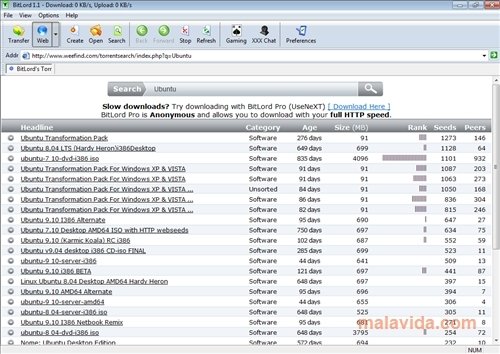

We recommend that you write down the toll free number below in case you run into any issues or problems while removing AnySend.
Anysend virus update#
In many scenarios, questionable advertisements may claim that an update or other item needs to be installed in order to trick users into clicking the ads and installing potentially harmful content.

Potential AnySend malware can also be contracted from questionable advertisements, most notably found on media sharing websites and websites that promote prohibited content.
Anysend virus install#
In many cases users may be given the opportunity to accept or decline an offer to install this adware and other programs However, the offer to decline the object(s) is often ignored or presented in a deceptive manner. AnySend bundles with third-party malware and malicious files without user knowledge.ĪnySend adware and similar objects are commonly contracted alongside downloadable content, such as freeware, shareware, torrents, and other items.AnySend allows additional adware to automatically install without user knowledge.AnySend injects websites with targeted advertisements (including banner ads, in-text advertisements that appear as hyperlinked text, and pop-under advertisements).Furthermore, the program may change browser settings in order to redirect users to sponsored webpages when an internet browser is initially booted, a new tab is open, or a user searches the web using the affected browser’s address bar. It uses this information to generate advertisements it feels are relevant to internet user browsing habits.
Anysend virus software#
It primarily uses software and browser attachments that are detected as potentially unwanted programs (PUPs) by reputable security products in order to perform unwanted tasks.ĪnySend adware can access and collect browsing data (all browsing activities, bookmarks, and history) and modify browser settings (homepage, new tab settings, and default search engine). *Note: Read the following Microsoft page if these steps do not work on Windows 7.The AnySend virus (Any Send) is cross-browser adware that serves pop-up and targeted advertisements across Google Chrome, Mozilla Firefox, Microsoft Internet Explorer, and other internet browsers. In the Search Computer/This PC input box, type:.For Windows 8, 8.1, and Server 2012 users, right-click on the lower left corner of the screen, then click File Explorer.For Windows Vista, 7, and Server 2008 users, click Start>Computer.For Windows Vista, Windows 7, Windows Server 2008, Windows 8, Windows 8.1, and Windows Server 2012:.Search for files or folders named or All or part of the file name.). *Note: The file name input box title varies depending on the Windows version (e.g. Once located, select the file then press SHIFT+DELETE to delete it.In the Look In drop-down list, select My Computer then press Enter.

In the File name* input box, type the following:.For Windows 2000, Windows XP, and Windows Server 2003:.To manually delete a malware/grayware file from an affected system:

As a result, malicious routines of the downloaded files are exhibited on the affected system.
Anysend virus windows 8.1#
(Note: %User Temp% is the user's temporary folder, where it usually is C:\Documents and Settings\\AppData\Local\Temp on Windows Vista (32- and 64-bit), Windows 7 (32- and 64-bit), Windows 8 (32- and 64-bit), Windows 8.1 (32- and 64-bit), Windows Server 2008, and Windows Server 2012.) This adware drops and executes the following files: This adware may be unknowingly downloaded by a user while visiting malicious websites.


 0 kommentar(er)
0 kommentar(er)
